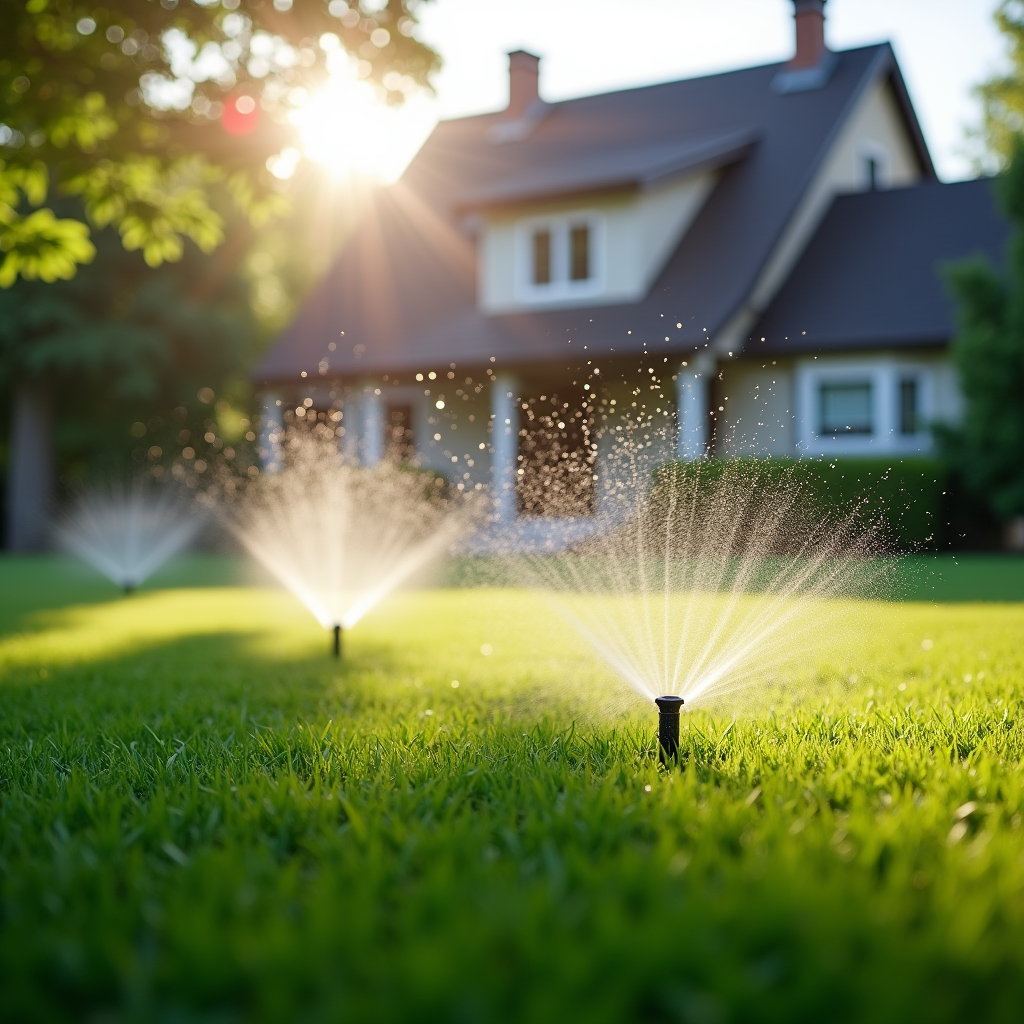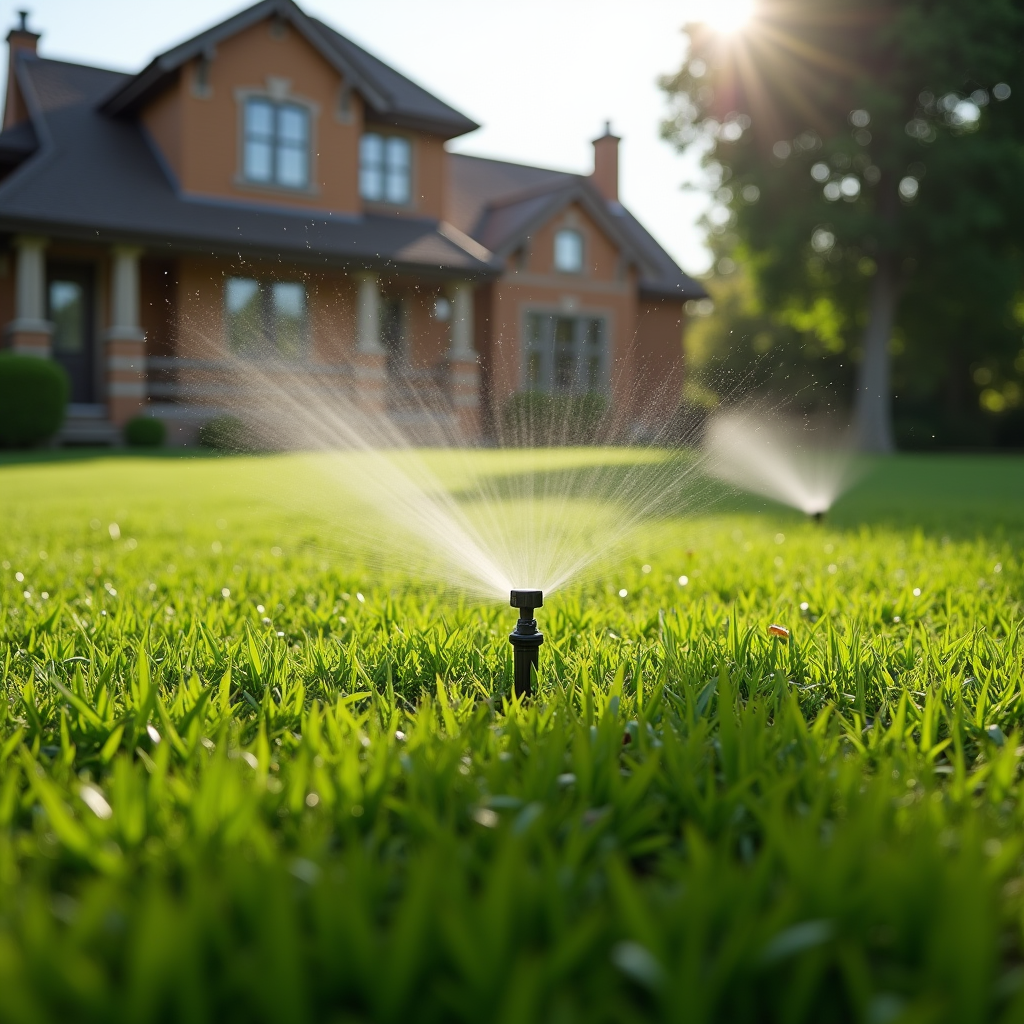Introduction
When you think about enhancing your outdoor space, landscape lighting often comes to mind as a practical and aesthetic choice. But what if you could take your outdoor lighting game to the next level? That’s where advanced techniques in landscape lighting design come into play. In this article, we’ll dive deeper into the world of landscape lighting, exploring intricate methods, tips, and tricks that will not only illuminate your garden but also transform it into a breathtaking spectacle.
From understanding the nuances of light placement to selecting the right fixtures, we’ll cover everything you need to know about landscape lights that go beyond the basics. So grab a seat, and let's embark on this enlightening journey!

Understanding Landscape Lighting
What Is Landscape Lighting?
Landscape lighting refers to the use of various types of lights to illuminate outdoor spaces. This can include gardens, walkways, patios, and more. The primary goal is not just functionality but also creating an inviting atmosphere.
Why Is Landscape Lighting Important?
- Safety: Well-lit pathways reduce accidents. Aesthetics: Properly placed lights enhance the beauty of your garden. Security: Bright areas deter unwanted trespassers.
Types of Landscape Lights
Pathway Lights
These lights guide visitors along walkways and driveways while adding charm.
Spotlights
Spotlights are used to highlight specific features like trees or sculptures.
Flood Lights
Flood lights provide broad illumination for larger areas.
Deck and Step Lights
These are specifically designed for stairs and decks to prevent slips.
Beyond the Basics: Advanced Techniques in Landscape Lighting Design
Now that we've covered the fundamentals let's explore some advanced techniques for landscape lighting design that can elevate your outdoor space.
Layering Light for Depth and Dimension
What Is Layered Lighting?
Layered lighting involves using different types of light sources at varying heights to create depth in your landscape.
How to Implement Layered Lighting?
Combine Different Types: Use ambient, task, and accent lights. Vary Heights: Mix ground-level lights with elevated fixtures. Adjust Intensity: Blend bright spots with softer illumination for balance.Creating Focal Points
Why Focus on Focal Points?
Focal points draw attention to specific features within your yard, making them stand out even more under nightfall.
Steps to Create Focal Points:
- Use spotlights on trees or architectural features. Incorporate color-changing LEDs for dynamic effects.
Using Smart Technology in Outdoor Lighting
What Are Smart Outdoor Lights?
Smart outdoor lights can be controlled via smartphone apps or voice commands, allowing for easy adjustments based on mood or occasion.

Benefits of Smart Technology:
- Energy efficiency through automated schedules. Customizable settings for different events or times.
Color Theory in Landscape Lighting
The Role of Color in Outdoor Spaces
Colors evoke emotions; choosing the right hue can significantly affect how people perceive your garden.
How to Choose Colors Wisely:
Consider existing color schemes in plants and architecture. Use warm colors (like soft whites) for inviting spaces. Opt for cooler colors (like blues) for serene settings.The Importance of Fixture Placement
Where Should You Place Your Landscape Lights?
Proper placement is crucial for achieving optimal effects without overwhelming your garden's natural beauty.
Best Practices For Fixture Placement:
Install pathway lights every 6–8 feet apart. Position uplights at a 30-degree angle toward focal points. Avoid direct glare by angling downwards whenever possible.Utilizing Shadows Creatively
How Can Shadows Enhance Your Space?
Shadows add intrigue and drama when used thoughtfully alongside light sources.
Tips for Using Shadows:
- Position lights behind objects to cast interesting silhouettes. Experiment with different angles for unique shadow patterns.
Choosing the Right Fixtures
Factors to Consider When Selecting Fixtures
Not all fixtures are created equal; consider materials, durability, and style when making choices.
Recommended Materials:
- Brass: Durable but may require maintenance over time. Plastic: Affordable but less durable against outdoor elements.
Energy Efficiency in Outdoor Lighting
Why Go Green with Your Landscape Lights?
Energy-efficient lighting reduces electricity bills while minimizing environmental impact.
Ways To Improve Energy Efficiency:
Use LED bulbs instead of incandescent ones; they last longer and consume less energy. Incorporate solar-powered fixtures wherever feasible.Integrating Lighting with Landscaping Elements
How Does Lighting Complement Landscaping?
Properly placed lights can highlight plants while creating a harmonious blend between nature and artificial illumination.
Strategies For Integration:
- Uplighting trees enhances their height while casting beautiful shadows below them. Downlighting from branches mimics moonlight effect among shrubs and flowers.
Common Mistakes in Landscape Lighting Design
What Are Common Pitfalls To Avoid?
Even seasoned designers make mistakes! Here are a few common ones:
Over-lighting areas leading to glare instead of ambiance. Forgetting about maintenance accessibility when placing fixtures. Neglecting seasonal changes affecting visibility throughout the year.FAQs About Advanced Techniques in Landscape Lighting Design
What type of bulbs should I use?- LED bulbs are highly recommended due to their longevity and energy efficiency.
- Solar is great if you want an eco-friendly option without wiring complexities; electric typically offers brighter illumination suitable for larger areas.
- Moonlighting refers to placing fixtures high up (like tree branches) so that light casts down softly as if mimicking natural moonlight effects on landscaping elements below it.
- Yes! Many homeowners successfully install their systems using DIY kits available at most hardware stores—just follow installation guidelines carefully!
- Regularly check connections/wires; clean lenses/fixtures occasionally & replace burnt-out bulbs promptly!
- Costs vary widely based on size/scope but expect anywhere from $1000-$5000+ depending on complexity & materials chosen!
Conclusion
In conclusion, correct implementation goes well beyond simply placing a few landscape lights around your yard—it’s about creating an enchanting experience that transforms nighttime into something magical! https://pastelink.net/dgab95pe By applying these advanced techniques discussed here today—layering light creatively while focusing on focal points along with integrating smart technology—you too can elevate ordinary surroundings into extraordinary works-of-art after dark!
So why wait any longer? It’s time to step outside into your own backyard wonderland illuminated brilliantly by thoughtful designs tailored just for YOU! Happy designing!